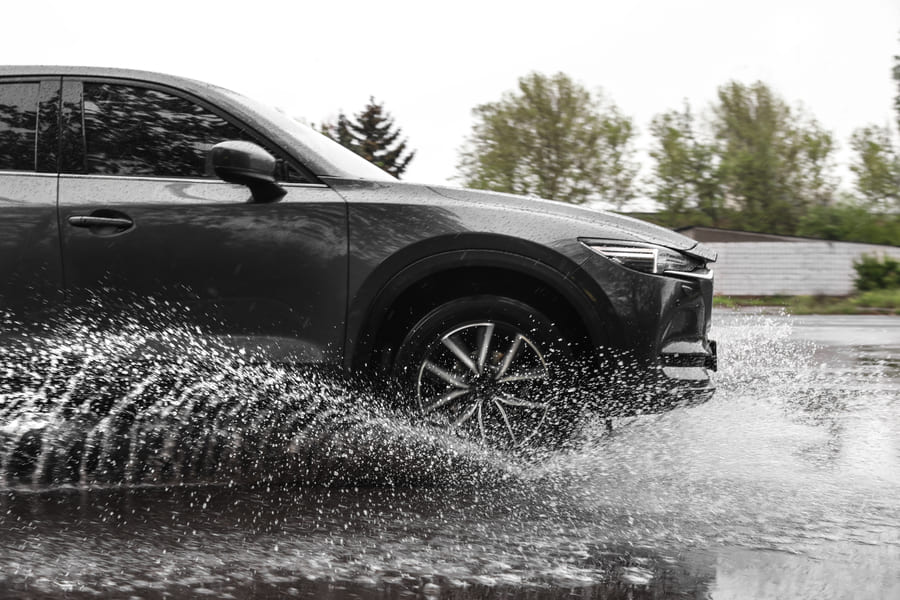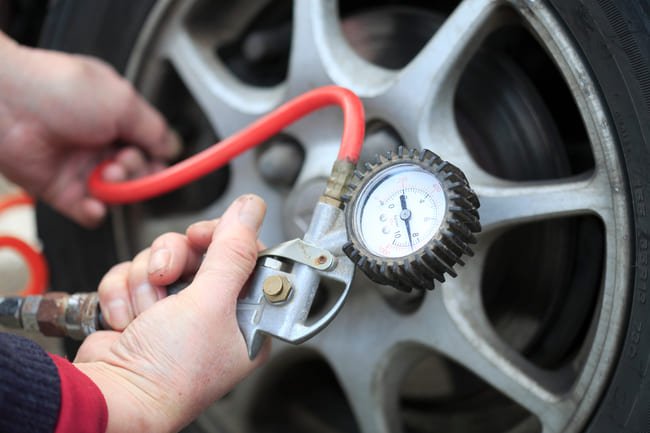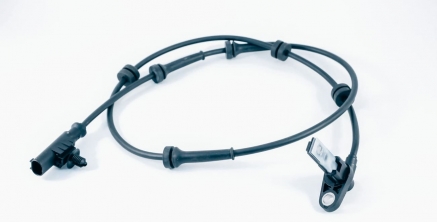Wet conditions are not ideal for driving, however, sometimes driving in the rain is unavoidable. It is important that drivers understand the risks and how to prevent weather-related road accidents. Vehicles are particularly at risk of aquaplaning in heavy rainfall. Aquaplaning, also known as hydroplaning, occurs when a film of water builds up between the tyres and road surface as the vehicle is unable to displace it quickly enough. The resulting loss of traction has serious consequences, as the steering and braking systems will not be able to respond properly, and the driver will ultimately lose control of the vehicle.
This article will discuss ways of preventing aquaplaning, key risk factors, and how to respond if you ever find yourself in this situation. We also recommend checking out our previous articles to gain a better understanding of how braking systems work.
Factors affecting vehicle safety
There are factors that contribute to a vehicle’s risk of or resistance against aquaplaning.
Here are just a few examples:
- i Tyre tread. If the tyres are badly worn and the tread is insufficient, it will be much more difficult for the tyres to clear the water.
- i Vehicle speed. The faster the car is travelling the higher the chances are of it aquaplaning, as speed has a negative effect on road contact.
- i Tyre pressure. If the pressure of the water is much higher than the pressure in the tyres, the tyre is lifted from the surface. Excessive tyre pressure also reduces the tyre’s contact with the road.
- i Vehicle weight. Heavier cars are able to clear water more easily.
- i Water levels. If the water is deep, the tyres will have less grip. Always drive through puddles and on wet roads with caution, even if the water levels seem to be quite low.
Signs that your car is aquaplaning
It may be difficult to know what is happening to your car if you have never experienced aquaplaning before.
Here are three telltale signs to look out for:
- ! The engine revs rapidly increase and the engine gets louder due to decreased resistance. It may feel as though you have dropped the clutch while accelerating.
- ! The steering may feel much lighter than usual due to a loss of grip.
- ! You may experience something known as fishtailing. Fishtailing is when the rear end of the car is unstable and slides from side to side.
How can you avoid aquaplaning?
When a vehicle aquaplanes, the driver does not have many options. It is very difficult to regain control of the vehicle, and instinctively hitting the brakes at full force could cause it to skid out of control and collide into another vehicle. However, thanks to modern technology, vehicles with ABS brakes are less likely to spin out of control when braking. Nevertheless, it is highly important to prevent this from ever occurring.
There are few key factors to consider and maintenance guidelines to follow in order to ensure your safety.
- i First of all, you should always check the weather conditions and monitor your own speed while on the road. If you can see that the roads are wet or the conditions have changed you will need to adjust your driving style accordingly. It is generally recommended not to drive faster than 50 km per hour when there is more than one inch of water on the road.
- i Ensure that the car has a fully functioning electronic stability program (ESP), as this will detect vehicle instability and may help to minimise the effects of hydroplaning and poor driving conditions.
- i Inspect your tyres regularly and make sure that the tyre pressure is correct. The car manual should specify the recommended tyre pressures. You should also check the depth of the tyre tread.
- i Avoid puddles while driving. This tip seems rather obvious, however, it is not always possible to drive around puddles.
- i Follow the car tracks on the roads. The cars in front of you will often leave tracks from where their tyres have shifted the water. Following the tracks should reduce the risk of aquaplaning. Remember: always drive at a safe distance from other vehicles.
We also shouldn’t forget about the other safety components that we may need in the event of an emergency caused by hydroplaning, such as seat belts, the airbags, and parts of the traction control system. Regular maintenance is the key to vehicle safety.
Den
a smiley technician with plenty of experience starring in AUTODOC's video tutorials;
Never seen without his goggles;
races his BMW X5 E53;
dreams about receiving a Gold Play Button for getting 1,000,000 subscribers on YouTube.












Comment